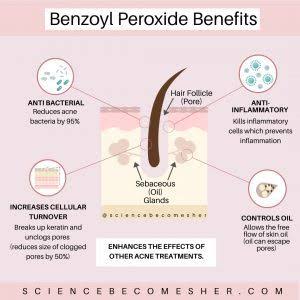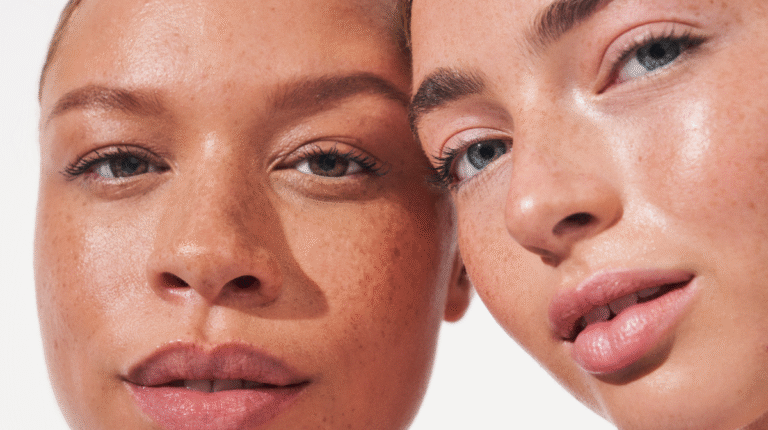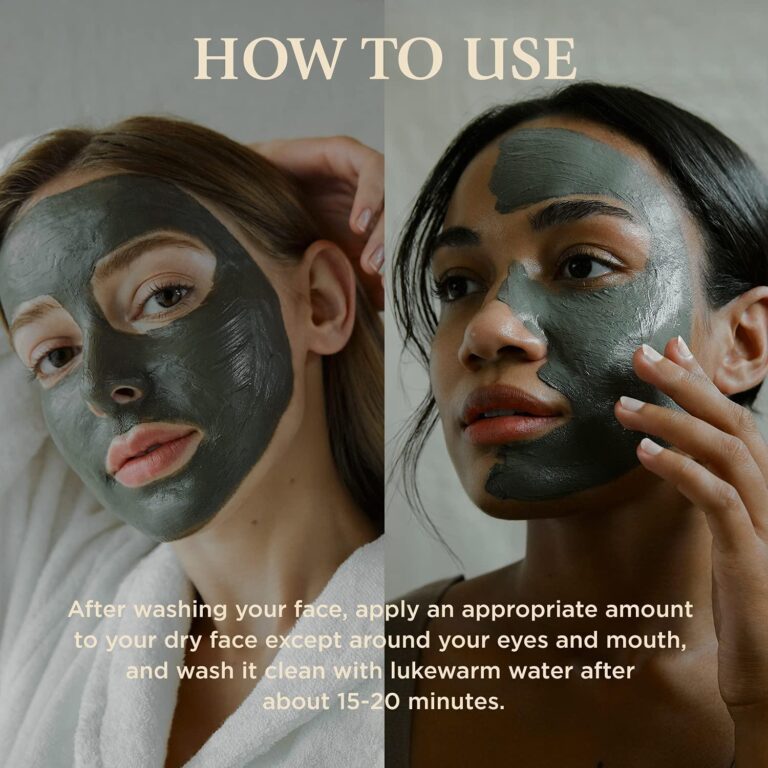
In the world of skin care, retinol is considered one of the best combinations rich in antioxidants, and it is also on the list of the best acids that should be invested in to narrow large facial pores and signs of aging.
Retinol is a gentler form of retinoids derived from Vitamin A, and has been conclusively shown to increase skin cell turnover, reduce oil production, and tighten pores.
Accordingly, retinol can be used to treat acne, balance pigmentation, reduce acne scars, and reduce fine lines. If your problem is blackheads, whiteheads, or cysts, retinol is the solution.
Another powerful ingredient that is also effective against whiteheads and cystic acne is benzoyl peroxide. A combination of benzoic acid and oxygen, benzoyl peroxide works by penetrating pores and eliminating acne-causing bacteria. Benzoyl peroxide can remove dead skin cells, remove excess oil and unclog pores. Since retinol is all about stimulating surface cell turnover while benzoyl peroxide targets bacteria, should we use them together to increase the effectiveness of our skin care regimen?
The mixture of retinoid and benzoyl peroxide is a mainstay of acne treatment although it can cause dryness and irritation to the skin. However, a certain concentration of benzoyl peroxide can shut down the retinoid molecule. Therefore, it is better to use benzoyl peroxide during the day and retinol in the evening.
Research published in the American Academy of Dermatology suggests that a daily regimen containing 2.5% benzoyl peroxide in the morning and retinol in the evening can improve acne and boost your skin. Several studies show that, compared to a 10% benzoyl peroxide solution, a 2.5% solution can clear acne just as effectively and causes less irritation.







